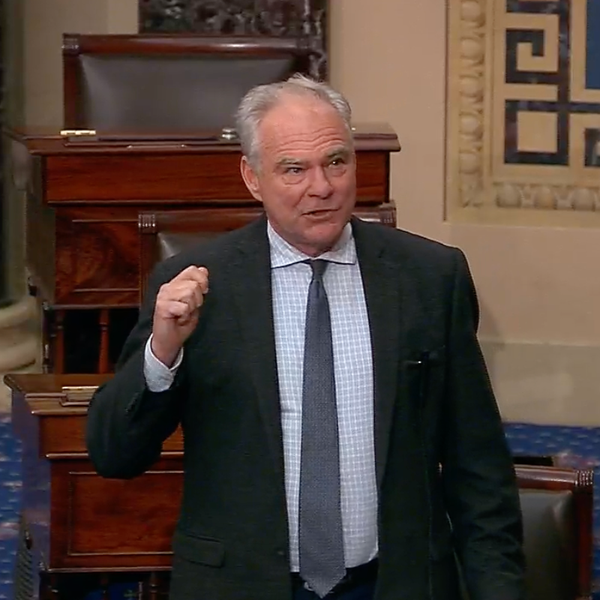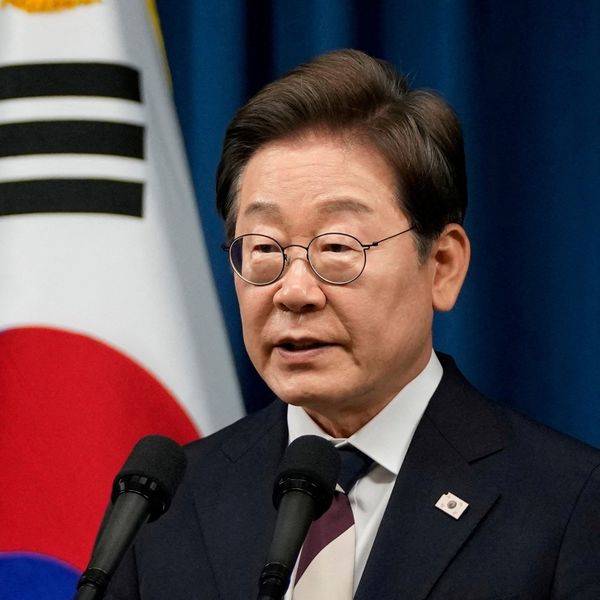Indications are that when the Biden administration presents its FY2022 defense budget and FY2022-26 defense program to Congress in May, it will propose keeping defense spending at the historically high level of $740 billion as the Trump administration proposed and the Congress approved for the Pentagon in FY2021. In short, President Biden is keeping what Donald Trump added to the defense budget — $100 billion — despite saying during his campaign that such a level was unnecessary. As Biden put it, “Trump abandoned all fiscal discipline when it came to defense spending.”
While no one can be sure exactly why Biden has come to this decision, there appears to be at least two factors that impacted the decision.
First, Biden, like many Democrats, does not want to appear uncommitted to strong defense. There is the perception that, when it comes to national security issues, including the size of the defense budget, it is the Republicans who are proponents of a strong national defense while Democrats do not give it the same priority, instead diverting resources to social programs.
For example, at about the same time that the Biden administration said that it would maintain the defense budget at its current level, eight House Republicans on the House Armed Services Committee, sent a letter to the president urging him to increase defense spending by three to five percent in real terms. This would mean increasing the FY2022 national defense budget from its current level to between from between $778 billion and $793 billion.
But analysis shows that, for the most part, this perception that Democrats reduce defense spending when they come into office, is historically inaccurate. In fact, after taking office and ending the Korean War, Republican president Eisenhower slashed defense spending about 40 percent by using the remainder principal, that is, allocating funding for his priorities, like infrastructure (for example, the interstate highway system), balancing the budget and giving the military the remainder. In today’s dollars, this amounted to a budget of about $450 billion, some $300 billion less than the current level.
However, after the Soviets launched Sputnik in 1957, the Democratic controlled Congress held a series of hearings blasting the former general for underfunding security by decreasing defense spending. (This led to Eisenhower’s farewell address where he warned us of the dangers of the military industrial complex.)
John Kennedy used this concern in his campaign and when he took office increased defense spending dramatically. By 1963, defense spending had risen by over $100 billion from 1958 levels and when the United States got into Vietnam, the Johnson administration increased defense spending by another $100 billion.
However, when Richard Nixon took office, he repeated Eisenhower’s defense policies, getting out of Vietnam and reducing defense spending to Eisenhower levels. He used these funds for increasing social and environmental programs — like the EPA, OSHA, and food stamps — substantially, which is why some commentators call Nixon our last liberal president.
Similarly, when Jimmy Carter succeeded Gerald Ford, he began increasing defense spending. Reagan followed this with the largest peacetime defense buildup in our history. By the end of his first term Reagan had increased defense spending to a level higher than Vietnam. However, as the debt grew exponentially, Reagan cut defense spending by 10 percent in his second term. George H.W. Bush continued the reductions and, by the end of his term, defense spending had dropped to Nixon levels. Moreover, he projected continuing reductions for what he hoped would be his second term.
However, during Bill Clinton’s time in office, he increased defense spending above the level projected by the outgoing George H.W. Bush team.
George W. Bush obviously had to raise defense spending to unprecedented levels to conduct his invasions of Iraq and Afghanistan. While President Obama did make some reductions in that level, defense spending under Obama exceeded the levels of Vietnam and the Reagan build up, and, if one controls for inflation, Obama actually spent more on defense in his first four years in office than Trump did in his only four years.
Similarly, the Democrats have not been shy about using military force. Eisenhower refused to bail out the French at Dien Bien Phu in Vietnam in 1954, but Kennedy and Johnson ended up sending over a million Americans into that quagmire. Clinton sent military forces to the Balkans and Obama increased our troop levels in Afghanistan, intervened in Libya, and sent troops back to Iraq after he implemented the agreement Bush made to withdraw all of our military forces in 2011.
Second, the Biden administration could be planning to make the initial request just a placeholder and will make significant changes after it develops a new national security strategy later this year. But next year, 2022, will be an election year and the administration will find it difficult to change any major defense procurement programs significantly since that could have an impact on the reelection chances of Democratic members up for reelection as they try to maintain their razor thin majority in both houses.
If Biden wants to make significant cuts in the defense budget, he should do it now. While some Republicans may oppose him and claim that the Democrats are weak on defense, despite what history tells us, and that for the most part it is the Republicans who have kept defense budgets down. Moreover, his first year in office will be the most politically opportune time to do it.















